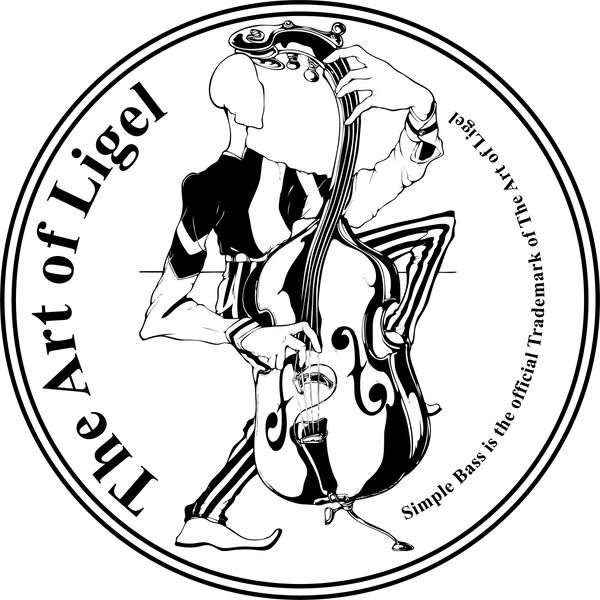In the world of modern and contemporary art, Geometric Abstraction is where clarity meets complexity. Often defined by crisp lines, calculated shapes, and bold use of color, this genre is about more than form—it’s about feeling. Though the style may appear cool or mathematical, it has long been a powerful means of emotional and political expression.
From early pioneers like Piet Mondrian and Kazimir Malevich to contemporary voices like Stanley Whitney, William T. Williams, Jennie C. Jones, and Mavis Pusey, geometric abstraction continues to evolve, carried forward by a richly diverse community of artists and professors who challenge its boundaries and expand its legacy.
What Is Geometric Abstraction?
Geometric Abstraction is a style of art that uses shapes, patterns, lines, and colors in non-representational ways. Artists working in this genre are not trying to depict people, landscapes, or objects. Instead, they create visual experiences rooted in form and rhythm. The goal is often to provoke contemplation, harmony, or even disruption through purely visual means.

Study with shapes & colors | Acrylic and paper on canvas | 36" x 48" | 2024 | By: Ligel Lambert
Key Characteristics of Geometric Abstraction
Geometric Shapes: Squares, rectangles, circles, and lines are central to composition.
Non-Representational: The imagery is abstract—no recognizable figures or objects.
Precision and Repetition: Artists often create structure using symmetry, grids, or patterns.
Flatness: Minimal or no depth; the surface is treated as a two-dimensional plane.
Formalism: Focus is placed on shape, balance, and color relationships rather than narrative.
Common Color Palette
The color palette varies widely depending on the artist’s vision:
Primary Colors (red, blue, yellow) are frequently used for clarity and balance.
High-contrast combinations, such as black and white or complementary colors, heighten visual impact.
Muted or monochromatic schemes offer quiet, meditative effects.
Rich earth tones or deep jewel tones are also used for warmth and depth.
Artists Who Helped Shape the Movement
Kazimir Malevich – His painting Black Square (1915) is one of the earliest and most iconic examples of pure geometric abstraction.
Piet Mondrian – Known for red, yellow, and blue grids, Mondrian sought universal harmony through simplified structure.
Josef Albers – Explored color interaction in his Homage to the Square series.
Carmen Herrera – A minimalist painter who brought sharp form and subtle rhythm to geometric abstraction.
Black Artist-Professors Advancing Geometric Abstraction
Stanley Whitney (b. 1946)
Stanley Whitney is known for his vibrant stacked grids of color. His work pulses with rhythm and improvisation, often drawing inspiration from jazz and classical music. As a longtime professor, Whitney has helped expand conversations around abstraction, race, and modernism.
William T. Williams (b. 1942)
Fusing geometry with gesture, Williams creates layered compositions filled with movement and meaning. A distinguished professor at Brooklyn College, he has influenced generations of artists while pushing for greater representation in the art world.
Jennie C. Jones (b. 1968)
Jennie C. Jones merges visual art with sound, creating minimalist works that use geometric shapes and a refined palette, often referencing jazz, experimental music, and modernist aesthetics. Her work is both conceptual and deeply felt, and she has taught and lectured at institutions such as Cooper Union, Columbia University, and Bard College.
Mavis Pusey (1928–2019)
Born in Jamaica and working in New York City, Mavis Pusey created powerful geometric compositions that often echoed the energy and architecture of urban life. Angular forms, structural balance, and rhythmic color mark her paintings. A dedicated educator, she taught at Rutgers University and the Pennsylvania Academy of the Fine Arts. As one of the few Black women abstract artists in major exhibitions during the 20th century, Pusey helped open doors for future generations.
Why Geometric Abstraction Still Matters
Geometric abstraction may appear orderly on the surface, but beneath the forms lies a world of exploration—of rhythm, identity, sound, structure, and social commentary. For Black artists and professors like Whitney, Williams, Jones, and Pusey, this visual language becomes a space to claim authorship, visibility, and innovation within a tradition that once excluded them.
Their work proves that geometric abstraction isn’t cold or impersonal—it’s personal, political, and profoundly human.
Quick Recap
Geometric Abstraction = non-objective art using shape, color, and structure
Core traits: flatness, precision, balance, and formal simplicity
Color palette: varies from minimalist to vibrant and expressive
Pioneers: Malevich, Mondrian, Albers, Herrera
Contemporary Black artist-professors: Stanley Whitney, William T. Williams, Jennie C. Jones, Mavis Pusey
Keywords
Geometric abstraction, abstract art, non-representational, Black artists, Stanley Whitney, William T. Williams, Jennie C. Jones, Mavis Pusey, modern art, color theory, abstract professors, shape and structure, contemporary abstraction, color relationships, formalism in art, African American artists, women in abstraction

